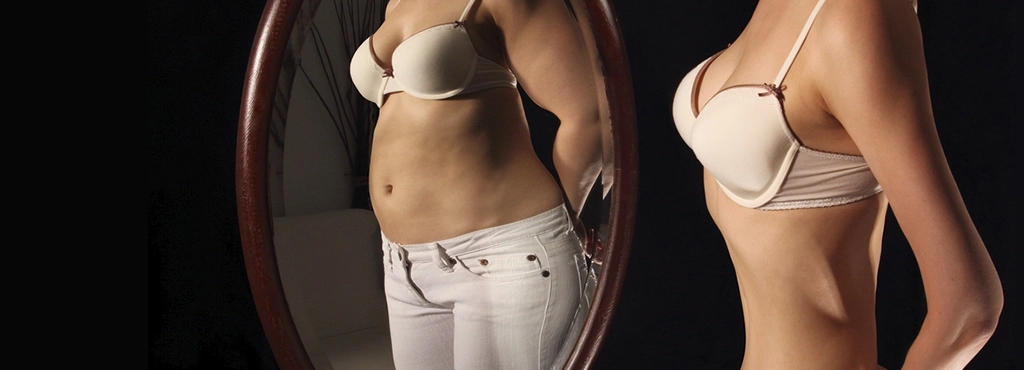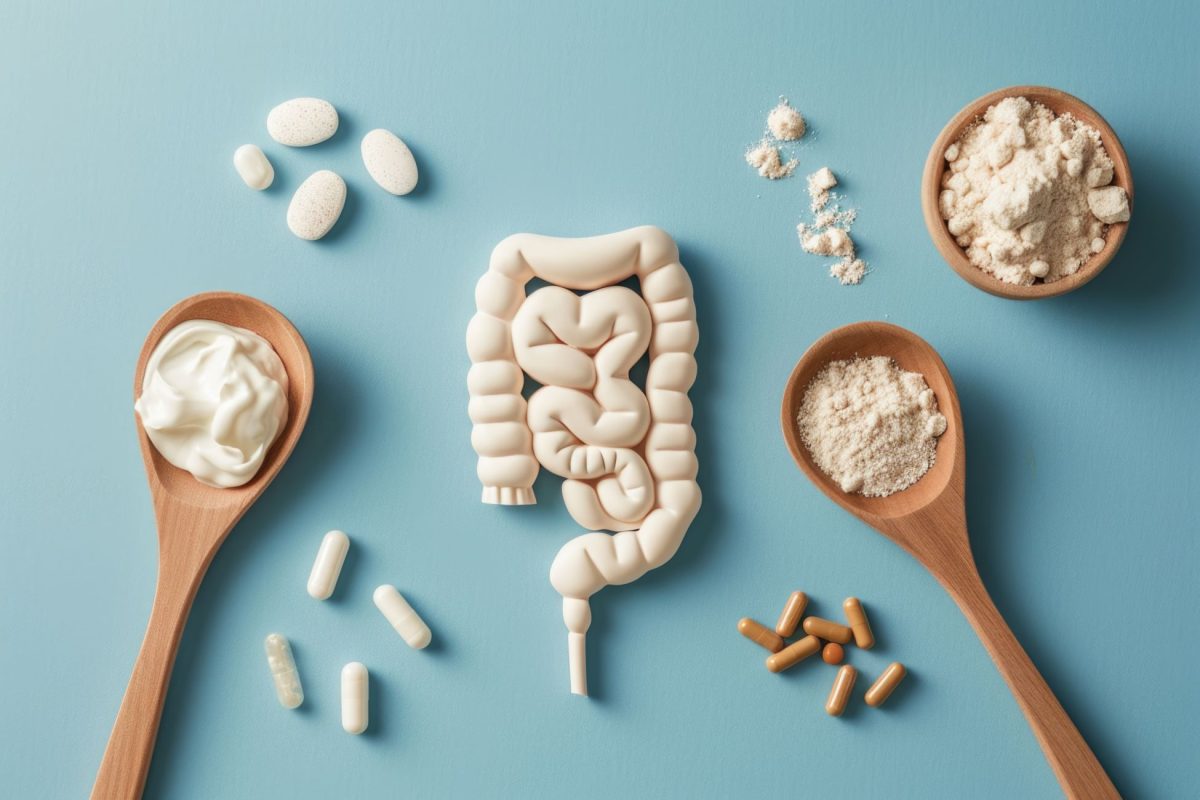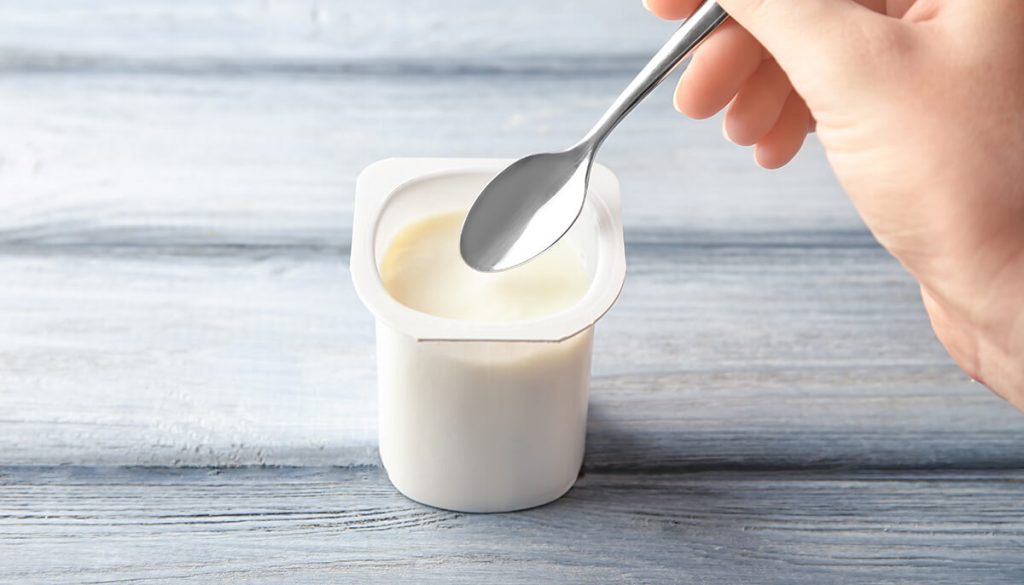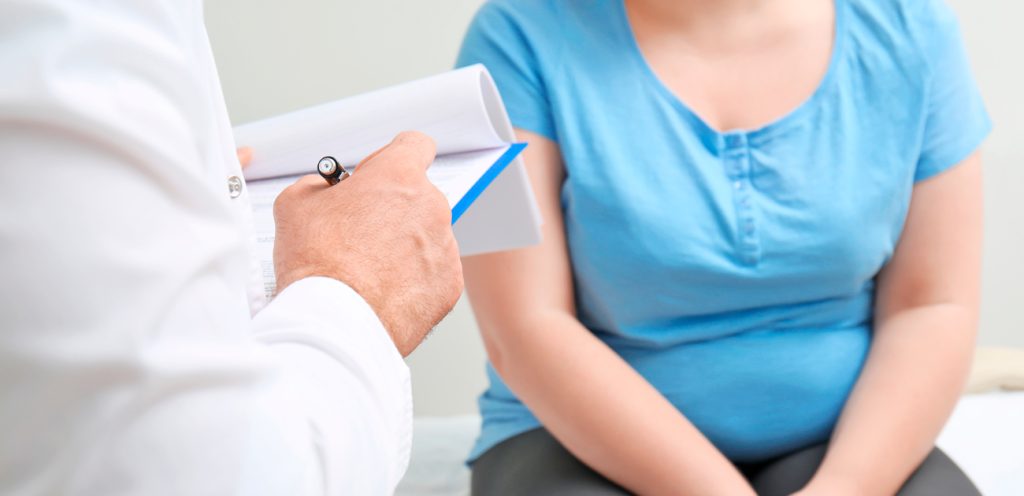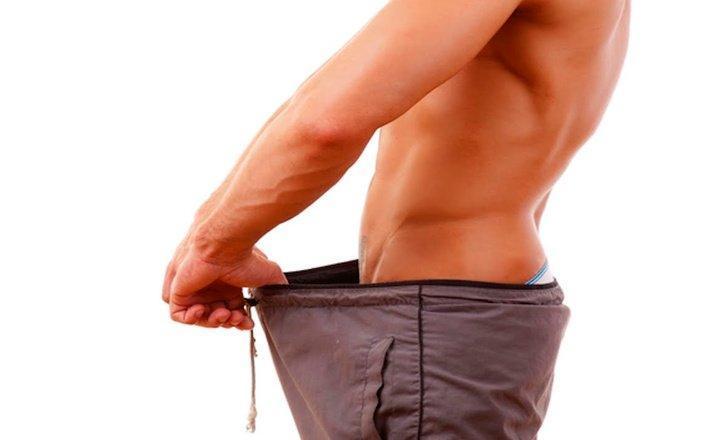The environmental impact of anesthetic gases in liposuction procedures is a pressing issue. These gases contribute to greenhouse emissions and can harm our planet. While liposuction helps individuals achieve their desired body shape, the ecological cost is often overlooked. Many don’t realize that these anesthetics can affect air quality and contribute to climate change. Understanding this impact is crucial for both patients and healthcare providers. By raising awareness, we can push for greener alternatives in surgical practices. It’s time to consider not just the benefits of cosmetic procedures but also their footprint on our environment.
Key Takeaways
-
Anesthetic gases used in liposuction can significantly contribute to environmental issues, including greenhouse gas emissions and global warming.
-
Consider using alternative anesthetic methods or agents that have a lower environmental impact as outlined in the article.
-
Implement practices to manage and treat anesthetic waste effectively, reducing harmful emissions and promoting sustainability.
-
Stay informed about the latest strategies for sustainable medical practices to minimize the ecological footprint of surgical procedures.
-
Engage with healthcare providers about their anesthetic choices and encourage them to adopt greener alternatives.
-
Remember that small changes in how anesthetics are used can lead to a big difference in protecting our environment.
Understanding Anesthetic Gases in Liposuction
Common Gases
Sevoflurane and desflurane are the most common anesthetic gases used in liposuction.
Sevoflurane is known for its rapid onset and quick recovery. It allows patients to wake up faster after surgery. Desflurane also has a fast onset, but it can irritate the airways. Both gases are effective for maintaining anesthesia during procedures.
Administration Methods
Anesthetic gases can be administered in different ways. The two main methods are inhalation via face masks and tracheal tubes.
Face masks deliver gas directly to the patient’s nose and mouth. This method is often used for induction, as it is less invasive. Tracheal tubes provide a more secure airway during surgery. They ensure that the anesthetic gas reaches the lungs effectively.
Ideal Characteristics
An ideal volatile anesthetic agent has specific characteristics. It should provide smooth induction and maintenance of anesthesia.
A good anesthetic should have a low blood-gas partition coefficient. This allows for rapid changes in anesthesia depth. It should also be non-irritating to the airways. Patients should experience minimal side effects, such as nausea or dizziness.
The agent must be easy to control. Anesthesiologists need to adjust dosages quickly based on patient response. Safety is crucial; the ideal agent should have a high therapeutic index.
Environmental Impact
The use of these anesthetic gases raises environmental concerns. Both sevoflurane and desflurane contribute to greenhouse gas emissions. They have global warming potentials much higher than carbon dioxide.
Healthcare facilities must manage these gases carefully. Some hospitals are implementing systems to capture and recycle anesthetic gases. These measures help reduce their impact on the environment.
Environmental Concerns of Anesthetic Use
Release into Atmosphere
Anesthetic gases used in liposuction procedures often escape into the atmosphere. This release occurs during and after the surgery. The most common gases include nitrous oxide and sevoflurane. These substances are potent greenhouse gases. Their presence contributes to climate change. Studies show that nitrous oxide has a global warming potential 298 times greater than carbon dioxide over a 100-year period.
The impact is significant. Hospitals and outpatient surgical centers frequently use these gases without capturing them. As a result, large amounts enter the environment. This can lead to a cumulative effect over time, worsening air quality and contributing to global warming.
Lack of Ideal Agents
Current anesthetic agents do not adequately address environmental concerns. While some newer agents are less harmful, they still pose risks. There is no perfect alternative that balances efficacy and minimal environmental impact. Many anesthetics have long atmospheric lifetimes, allowing them to persist in the environment.
Research continues into developing more sustainable options. However, the medical community has yet to adopt these alternatives widely. Some practitioners may prioritize patient safety and comfort over ecological consequences. This leads to a reliance on traditional anesthetic gases despite their environmental footprint.
Harm to Organ Systems and Ecosystems
The effects of anesthetic gases extend beyond climate change. These substances can harm non-target organ systems in humans as well. Prolonged exposure to anesthetic gases may affect neurological function and respiratory health. Medical professionals must consider these risks when choosing anesthetics for procedures.
Ecosystems also face potential threats from these gases. Animals exposed to higher concentrations may experience health issues, including reproductive problems or behavioral changes. The disruption of local ecosystems can occur if anesthetic gases enter waterways through hospital waste.
Efforts to mitigate these impacts are crucial. Capturing and recycling anesthetic gases is one approach being explored. Implementing better waste management practices can also help reduce environmental harm.
In summary, anesthetic gases used in liposuction procedures pose serious environmental concerns. Their release into the atmosphere contributes significantly to climate change. The lack of ideal agents complicates matters further, as current alternatives do not minimize ecological damage effectively. Both human health and ecosystems suffer from the adverse effects of these substances.
Greenhouse Effects of Inhalational Anesthetics
Emission Contributions
Anesthetic gases play a significant role in greenhouse gas emissions. During liposuction procedures, inhalational anesthetics like nitrous oxide and sevoflurane are commonly used. These gases do not just help patients during surgery; they also escape into the atmosphere.
Inhaled anesthetics can contribute to global warming. For example, one molecule of nitrous oxide can have a greenhouse effect equivalent to 298 times that of carbon dioxide over a century. This means that even small amounts released during surgeries can add up quickly.
Potency Comparison
Different anesthetic gases vary in their potency regarding greenhouse effects. Nitrous oxide stands out as particularly harmful due to its high global warming potential.
Sevoflurane and desflurane also have notable impacts but differ in their atmospheric lifespan. Sevoflurane has a global warming potential about 130 times greater than carbon dioxide. Desflurane is even more potent, with a global warming potential estimated at 2540 times that of carbon dioxide over 100 years.
The following list shows the global warming potentials of common anesthetic gases:
-
Nitrous Oxide: 298 times CO2
-
Sevoflurane: 130 times CO2
-
Desflurane: 2540 times CO2
These differences highlight how some anesthetics are much worse for the environment than others.
Climate Change Impact
The release of these anesthetic gases contributes to climate change. As they accumulate in the atmosphere, they trap heat and lead to atmospheric warming. This process affects weather patterns and increases extreme weather events.
Liposuction and other surgeries using these gases may seem small on an individual scale, but collectively, they contribute significantly to environmental issues. The medical community recognizes this impact and is exploring ways to reduce emissions from anesthetic gases.
e hospitals have started implementing greener practices. They focus on minimizing the use of potent anesthetics or switching to alternatives with lower environmental impacts. This shift helps protect our planet while still providing necessary medical care.
In summary, inhalational anesthetics used in liposuction procedures contribute to greenhouse gas emissions significantly. Their varying potencies show that some are far more dangerous than others. The ongoing impact on climate change highlights the need for awareness and action within the medical field.
Global Warming Potential of Anesthetic Gases
Definition of GWP
Global warming potential (GWP) measures how much heat a greenhouse gas traps in the atmosphere over a specific time period compared to carbon dioxide. For example, nitrous oxide has a GWP of 298 over 100 years. Commonly used anesthetic gases also have significant GWPs. Desflurane has a GWP of 2540, while isoflurane’s GWP is 510. These values indicate that these gases are much more effective at trapping heat than carbon dioxide.
Comparison with Industrial Emissions
Anesthetic gases contribute to global warming but differ from other industrial emissions. The GWP of anesthetics can be higher than that of many industrial pollutants. For instance, methane has a GWP of 28-36 over 100 years, which is lower than desflurane. While industrial activities release large quantities of carbon dioxide and methane, anesthetic gases are released in smaller amounts during medical procedures. However, their high GWP means they can have a larger impact per unit released.
Long-Term Environmental Consequences
The long-term consequences of using high-GWP anesthetic gases are concerning. Over time, these gases accumulate in the atmosphere and contribute to climate change. Increased temperatures can lead to severe weather events and rising sea levels. The healthcare sector is often overlooked in discussions about greenhouse gas emissions. Anesthetic gases represent a hidden source of emissions.
Reducing the use of high-GWP anesthetics could lessen their environmental impact. Switching to low-GWP alternatives like sevoflurane, which has a GWP of only 130, may help mitigate this issue. Hospitals need to consider the environmental effects when choosing anesthetics for procedures like liposuction.
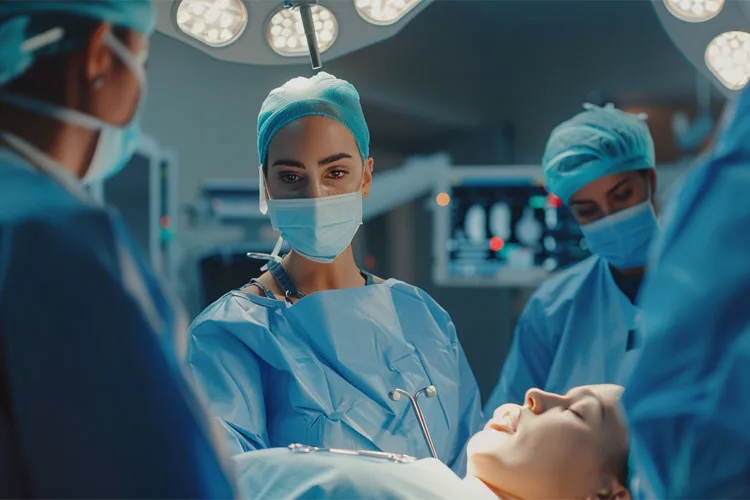
The healthcare industry must take action. Implementing practices that minimize the use of potent anesthetic gases will benefit the environment. Educating medical professionals about the effects of these gases is crucial. Understanding the environmental impact can lead to more sustainable choices in anesthesia.
Reducing Environmental Impact in Procedures
Minimizing Emissions
Anesthetic gases contribute significantly to environmental issues. To combat this, healthcare facilities can adopt several methods to minimize emissions. One effective approach is to use scavenging systems that capture waste gases before they enter the atmosphere. These systems can reduce the amount of anesthetic gas released during procedures.
Another method involves regular maintenance of anesthetic delivery equipment. Properly functioning machines reduce leaks and ensure that gases are used efficiently. Staff training on the correct use of these systems can also help minimize waste.
Low-Flow Techniques
Low-flow anesthesia techniques offer a practical solution. This method uses lower amounts of anesthetic gases while maintaining patient safety. By reducing the flow rates, practitioners can significantly cut down on gas consumption. Studies show that using low-flow techniques can decrease emissions by up to 50%.
Implementing these techniques requires a shift in practice. Anesthesiologists must be educated on how to effectively use low-flow methods. Hospitals should provide resources and training sessions to promote these practices.
Improved Delivery Systems
Enhancing anesthetic delivery systems can further improve efficiency. Newer technologies focus on precision dosing, which allows for better control over gas administration. Devices such as electronic vaporizers enable accurate measurement and delivery of anesthetics.
Switching to these advanced systems reduces waste and improves patient outcomes. They allow for real-time monitoring, ensuring the right amount of gas is delivered throughout the procedure. Investing in these technologies may require upfront costs but leads to long-term savings and benefits.
Collaboration for Change
Collaboration among medical professionals is essential for reducing environmental impact. Sharing best practices within surgical teams can lead to more sustainable approaches in operating rooms. Engaging with environmental organizations can provide additional insights into minimizing the carbon footprint of anesthetic gases.
Hospitals can also consider joining initiatives aimed at sustainability in healthcare. By participating in programs focused on reducing emissions, facilities demonstrate their commitment to environmental responsibility.
Alternatives to Traditional Anesthetic Gases
Non-Volatile Anesthetics
Non-volatile anesthetics present a promising alternative to traditional gases. These agents, such as propofol and ketamine, do not evaporate easily into the atmosphere. They can reduce the release of harmful emissions during medical procedures. Propofol is widely used for its rapid onset and quick recovery times. Ketamine provides sedation while also offering pain relief. Both options minimize environmental impact compared to volatile anesthetics.
Research shows that non-volatile agents are effective in various surgical settings. Their use can lead to less waste and lower greenhouse gas emissions. Hospitals can adopt these alternatives to enhance sustainability efforts. By choosing non-volatile anesthetics, medical facilities contribute positively to the environment.
Noble Gases
Noble gases like xenon offer another eco-friendly option for anesthesia. Xenon is an inert gas that does not react with the body’s tissues. It has rapid induction and recovery properties, making it suitable for short procedures. Studies indicate that xenon produces minimal environmental pollution compared to traditional anesthetic gases.
The potential of xenon lies in its low global warming potential (GWP). Unlike nitrous oxide, which has a high GWP, xenon presents a cleaner choice for anesthesia. It may have neuroprotective effects, further enhancing patient safety during surgery.
Despite its benefits, xenon remains expensive and less accessible than other anesthetics. Ongoing research aims to make this noble gas more available in clinical settings. As awareness grows about its advantages, more hospitals may consider incorporating xenon into their practices.
New Anesthetic Agents
The development of new anesthetic agents focuses on reducing environmental impacts. Researchers explore compounds that have a lower carbon footprint and minimal atmospheric effects. For example, some studies investigate halogenated ethers that break down quickly in the environment.
These newer agents aim to retain effectiveness while addressing ecological concerns. By prioritizing sustainability in drug development, pharmaceutical companies can create safer options for patients and the planet.
Innovations in anesthesia continue to evolve rapidly. The medical community increasingly recognizes the importance of balancing patient care with environmental responsibility. This shift encourages collaboration among researchers, clinicians, and policymakers.
Managing and Treating Anesthetic Waste
Gas Capture
Capturing anesthetic gases during liposuction is crucial. Some facilities use specialized systems to collect these gases. These systems can include active scavenging systems that remove waste gases from the operating room. They work by creating a negative pressure environment, which pulls the gases away from patients and staff.
Recycling anesthetic gases is another effective strategy. Some hospitals have implemented gas recycling technology. This technology allows for the safe reuse of certain anesthetic agents. It reduces environmental impact while maintaining patient safety.
Disposal Systems
Implementing waste anesthetic gas disposal systems is essential in modern surgical practices. These systems help manage the gases that escape into the environment. Proper disposal ensures that harmful substances do not contribute to air pollution.
Facilities must choose systems compliant with local regulations. The Environmental Protection Agency (EPA) provides guidelines for proper disposal methods. Following these guidelines minimizes risks associated with waste anesthetic gases.
Ventilation and Filtration
Proper ventilation in operating rooms plays a key role in managing anesthetic waste. Adequate airflow helps dilute any escaping gases. It prevents them from accumulating in the room, protecting both patients and staff.
Filtration systems also enhance air quality. High-efficiency particulate air (HEPA) filters can capture small particles, including anesthetic agents. Regular maintenance of these systems ensures they function effectively.
Healthcare providers should monitor air quality continuously. This monitoring helps identify any issues with ventilation or filtration early on. Addressing problems promptly can prevent potential health risks.
Training Staff
Training surgical staff on anesthetic waste management is vital. Staff should understand how to operate gas capture and disposal systems properly. They should also be aware of the importance of ventilation and filtration.
Regular training sessions can keep everyone informed about best practices. Engaging staff in discussions about environmental impact encourages responsibility. When all team members are knowledgeable, overall safety improves.
Strategies for Sustainable Medical Practices
Green Practices
Healthcare settings can greatly benefit from adopting green practices. These practices reduce the environmental impact of procedures, including liposuction. Facilities should implement protocols that minimize waste and energy consumption.
Using alternative anesthetic gases is one way to achieve this. Some gases have a lower global warming potential than others. For example, sevoflurane and desflurane are less harmful compared to nitrous oxide. Transitioning to these options can significantly lessen greenhouse gas emissions.
Another strategy involves improving waste management systems. Proper disposal methods for anesthetic gases and other medical waste are essential. Facilities should follow local regulations for hazardous waste disposal. This reduces the risk of environmental contamination.
Education and Training
Education plays a crucial role in promoting sustainable anesthetic practices. Training programs should include information about the environmental impacts of anesthetics. Medical professionals need to understand how their choices affect the planet.
Workshops and seminars can provide updates on new techniques and technologies. These sessions can cover topics like low-flow anesthesia and its benefits. Low-flow techniques use less anesthetic gas, reducing waste and emissions.
Medical schools should include sustainability in their curricula. Future healthcare providers must be aware of the importance of eco-friendly practices. By instilling these values early, they will carry them into their careers.
Collaboration with Scientists
Collaboration between medical professionals and environmental scientists is vital for innovation. Working together can lead to new solutions that minimize the ecological footprint of medical procedures.
Joint research projects can explore alternative anesthetic agents or methods. These investigations may uncover safer options that are also environmentally friendly. For instance, scientists could develop biodegradable materials for equipment used in surgeries.
Networking between these two fields encourages knowledge sharing. Medical professionals can learn about the latest advancements in environmental science. In return, scientists gain insights into practical applications in healthcare settings.
Final Remarks
The environmental impact of anesthetic gases in liposuction procedures is significant. You’ve learned how these gases contribute to greenhouse effects and global warming. Understanding these issues is crucial for making informed choices in medical practices. By exploring alternatives and adopting sustainable strategies, you can help reduce this impact.
Now is the time to take action. Advocate for greener anesthetic options in your practice or support facilities that prioritize sustainability. Every small step counts. Together, you can create a healthier planet while ensuring safe medical procedures. Stay informed and make a difference today!
Frequently Asked Questions
What are anesthetic gases used in liposuction procedures?
Anesthetic gases, like sevoflurane and desflurane, are commonly used during liposuction to ensure patient comfort. They provide sedation and pain relief, allowing surgeons to perform the procedure safely and effectively.
How do anesthetic gases impact the environment?
Anesthetic gases contribute to greenhouse gas emissions. Their release into the atmosphere can enhance global warming, raising concerns about their environmental footprint during medical procedures like liposuction.
What is the greenhouse effect of inhalational anesthetics?
Inhalational anesthetics trap heat in the atmosphere, contributing to the greenhouse effect. This process leads to climate change, making it crucial to consider their environmental impact in medical practices.
Are there alternatives to traditional anesthetic gases?
Yes, alternatives include regional anesthesia or intravenous sedation. These methods can reduce reliance on inhalational anesthetics and minimize environmental harm while still ensuring patient safety and comfort.
How can healthcare providers reduce the environmental impact of anesthetic gases?
Providers can adopt practices such as using low-flow anesthesia techniques, capturing waste gases, and selecting less harmful anesthetic agents. These strategies help mitigate environmental damage during surgical procedures.
What happens to anesthetic waste after a procedure?
Anesthetic waste is typically managed through specialized disposal methods. Hospitals often use systems that capture and neutralize waste gases before they enter the atmosphere, reducing their environmental impact.
Why should we care about sustainable medical practices?
Sustainable medical practices benefit both patients and the planet. By minimizing environmental impacts, healthcare providers can improve public health outcomes and contribute to a healthier ecosystem for future generations.







